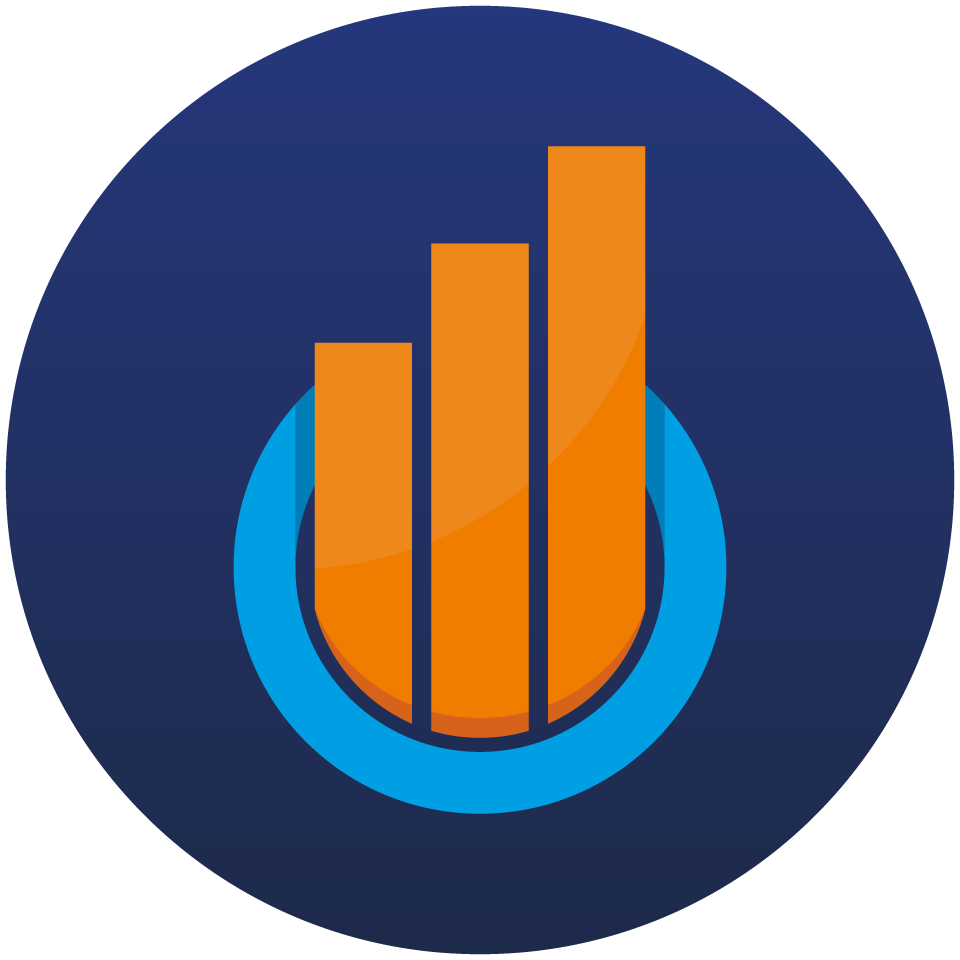Take control of your budget using tools that actually make life easier
Managing personal finances doesn’t require expensive software or complex spreadsheets. With the rise of apps and digital platforms, there are free tools to track spending more effectively than ever.
If you’re trying to understand where your money goes or want to build better financial habits, the right tools can give you visibility and confidence — without adding stress.

Best Budgeting Apps for 2025
Find the perfect app to take control of your finances, reduce overspending and make money management easier than ever before.
By identifying spending patterns, you’ll know exactly where to adjust. Whether your goal is to save, pay off debt, or simply avoid overspending, consistent tracking is the first step.
This guide explores free tools to track spending and how they help you stay accountable. We’ll also cover tips to simplify your routine and avoid common financial pitfalls.
Why Tracking Spending Makes a Difference
Tracking spending doesn’t just show numbers. It builds awareness, exposes emotional spending, and reinforces positive habits. It’s one of the most important foundations for long-term financial control.
When you track consistently, you avoid surprises. You’ll see subscription renewals, eating-out patterns, or hidden fees — and be empowered to fix them before they snowball.
People often underestimate the role of visibility. Simply seeing where your money goes creates a psychological shift. It encourages smarter choices — even when you’re not actively budgeting.
Using free tools to track spending means no excuses. With automation and clear insights, you reduce mental effort while increasing financial clarity week after week.
Top Free Tools to Track Spending
There are dozens of platforms available in the UK. But some stand out for their ease of use, automation, compatibility with UK banks, and real-time data updates.
Below are six highly rated free tools to track spending that make personal finance more accessible — whether you’re a student, freelancer, or just getting started with budgeting.
Emma
Emma connects to your UK bank accounts and credit cards. It categorises your expenses, flags subscriptions, and shows spending patterns with colourful graphs and a simple interface.
It also alerts you when you’re about to go into overdraft. This real-time tracking feature makes Emma one of the most practical tools for beginners and busy professionals alike.
Snoop
Snoop combines money insights with spending alerts. It connects with most major banks and analyses your transactions, highlighting where you can cut costs or switch to better deals.
Snoop’s personalised money-saving tips and budget overview make it ideal for people who want more than just numbers — it gives proactive suggestions to improve financial decisions.
Money Dashboard
This UK-based platform aggregates accounts and offers detailed budget planning. You can create spending categories, set limits, and track your performance over time.
Money Dashboard also allows custom tagging for transactions. That makes it ideal for freelancers or households needing to differentiate between work and personal spending.
Plum
Plum is an AI assistant that connects to your bank, tracks your spending, and automatically sets aside small amounts for savings. The free plan includes budgeting features.
By using free tools to track spending like Plum, you get both insights and automatic savings combined — perfect for those who struggle to save consistently without realising it.
Revolut
Although known as a banking app, Revolut offers built-in budgeting features and spending reports. As one of the free tools to track spending, it includes real-time notifications and controls.
Revolut also supports shared budgeting — great for couples or flatmates managing household expenses together. It’s a convenient choice if you already use it as your main account.
Yolt (Legacy Users)
While no longer available for new downloads, many UK users still access Yolt if they had it installed. It remains a strong all-in-one solution for spending and budgeting.
Yolt included predictive insights, monthly overviews, and strong categorisation — a model that influenced many apps today. For legacy users, it’s still one of the most reliable platforms.
Common Mistakes to Avoid When Tracking Spending
Even with good tools, some people give up too soon. To get real benefits from spending trackers, consistency and strategy matter. Avoid these pitfalls for better long-term results.
Below are simple but critical reminders to make sure your chosen free tools to track spending truly improve your financial routine instead of adding confusion.
Relying Only on Categories
Apps use default categories that might not match your lifestyle. Regularly check and edit them for accuracy — it affects how you interpret your spending habits later.
Reviewing your data weekly keeps things aligned. If not, your reports may show misleading trends, which could lead you to make the wrong adjustments month after month.
Ignoring Cash Expenses
Cash purchases are easy to forget and hard to track. Even when using free tools to track spending, it’s important to manually log or scan receipts to stay fully accurate.
Letting small transactions go untracked creates blind spots. These add up and distort your spending profile — especially for food, entertainment, or one-off purchases that don’t repeat.
Setting Unrealistic Budgets
Tools can’t save you from poor planning. Setting unrealistic budgets only causes frustration and abandonment. Your first month should be about observing, not forcing tight limits.
Use free tools to track spending as a way to learn from your habits first. Once you have data, refine your categories and targets based on what actually works for you.
Tips to Get the Most Out of Free Tracking Tools
A tool is only helpful if it becomes part of your routine. Integrate it into your habits, so tracking doesn’t feel like another task but like a helpful assistant.
Here’s how to maximise the benefits of free tools to track spending by improving your usage, consistency, and motivation throughout the month.
Schedule Weekly Reviews
Every Sunday, spend five minutes reviewing your week. Adjust miscategorised items, reflect on spending, and check if you’re still within your budget limits or need course correction.
This review turns tracking into a feedback loop. You gain awareness without judgment, and can fix problems before they escalate.
Turn On Notifications
Apps like Snoop and Revolut let you activate real-time alerts. These keep you aware of spending habits, giving instant feedback rather than waiting for a month-end summary.
They also remind you of upcoming bills or unexpected charges — so you’re less likely to miss them or fall into overdraft.
Sync Across Devices
Make sure your tracker works across phone, tablet, and desktop. Accessibility increases consistency. You’re more likely to use it when it’s just a tap away anytime.
Many free tools to track spending offer seamless syncing across platforms. This lets you track while commuting, working, or setting monthly goals — without losing data or breaking your routine.
Also Read: How to Budget Monthly in the UK
Tracking tools are one part of the puzzle. To truly improve your finances, you need a framework that shows where every pound should go based on your income and priorities.
Learning to budget monthly empowers you to apply your data. Once you know how much you spend, you can make smarter allocations and set realistic goals that match your life.
Our guide breaks down how to build a monthly budget from scratch, using actual numbers, lifestyle needs, and progress tracking to create habits that last.
If you want to go beyond tracking and start shaping your future, explore our full article on monthly budgeting and take the next step today.

How to Budget Monthly in the UK
Discover practical and effective ways to organise your income, control your expenses and feel more confident about your finances in the UK.

